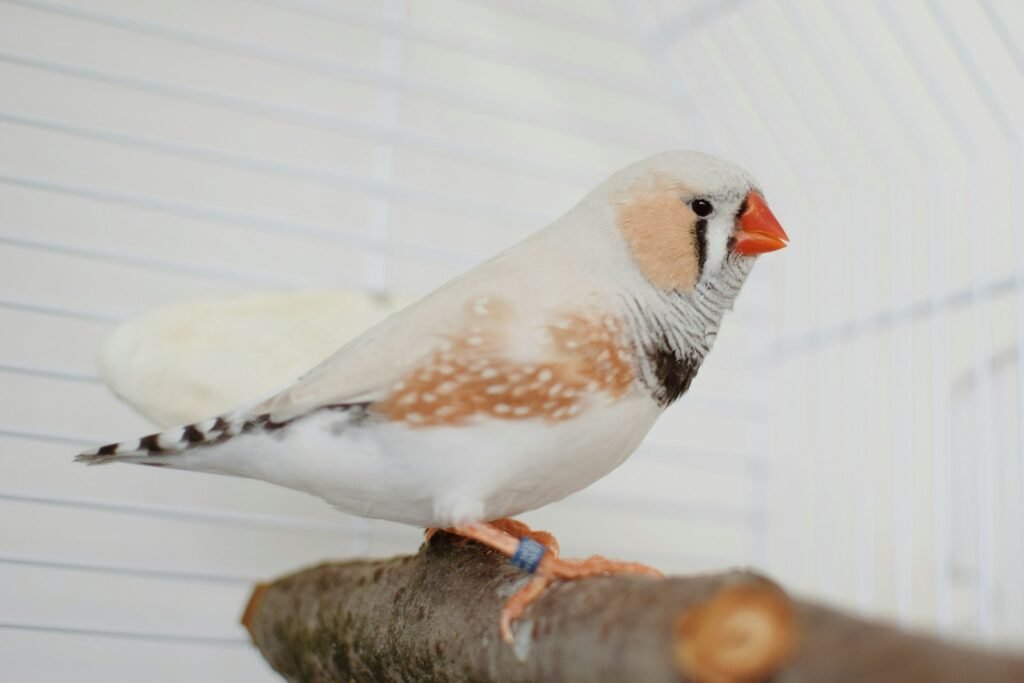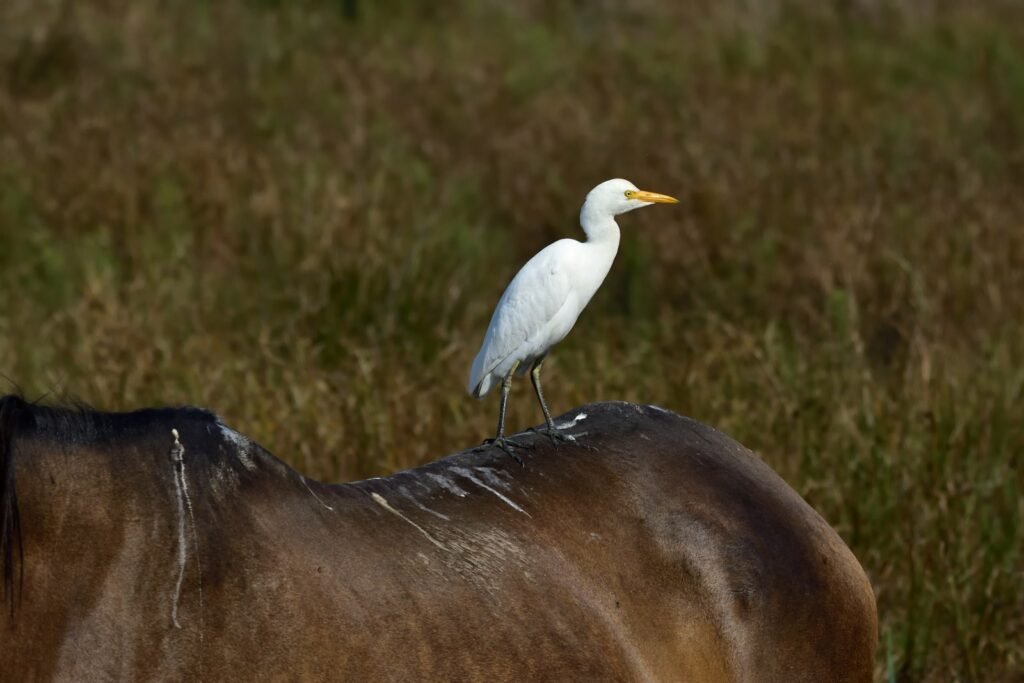In the grand theater of nature, evolutionary arms races depict an ongoing struggle between competing species, each striving to outwit and outmaneuver the other in their quest for survival. This dynamic process results from natural selection, driving species to develop adaptations and counter-adaptations in a relentless cycle. This article explores the fascinating world of evolutionary arms races, shedding light on how animals compete and coevolve, with examples highlighting the intricate ways life adapts to its challenges.
The Concept of Evolutionary Arms Races

An “evolutionary arms race” refers to the continuous and reciprocal adaptive changes between interacting species. This concept draws a metaphorical parallel to military arms races, where competing parties escalate their capabilities in response to each other. In nature, this involves predators and prey, parasites and hosts, as well as competitors within the same ecological niches, each evolving traits to gain an advantage over the other. These adaptations can lead to remarkable evolutionary developments, showcasing the power and creativity of nature’s innovation.
Predator and Prey Dynamics

One of the most classic examples of an evolutionary arms race is the interaction between predators and their prey. Predators evolve better hunting strategies, faster speed, or enhanced senses to catch their prey more effectively. In response, prey species develop defenses such as camouflage, speed, or chemical defenses. This continual cycle of adaptation and counter-adaptation illustrates how both parties must remain in a constant state of evolution to survive.
For instance, the relationship between cheetahs and gazelles exemplifies this race. Cheetahs, as one of the fastest land animals, have evolved streamlined bodies to maximize speed. In response, gazelles have developed quick reflexes and agile movements to evade these swift predators, ensuring survival through sheer evasive maneuvers.
Host-Parasite Interactions

Parasite-host dynamics present another arena for evolutionary arms races. Parasites evolve mechanisms to exploit host resources efficiently, often manipulating host biology or behavior to their advantage. Hosts, however, develop immune defenses or behaviors to reduce parasitic impact, leading to a cycle of adaptation between both parties.
The interaction between the European cuckoo and its host birds is a fascinating example. Cuckoos lay their eggs in the nests of other birds, freeing themselves from parental duties. In response, host birds have evolved recognition abilities to identify and reject cuckoo eggs. To counter, cuckoos have adapted to produce eggs that mimic the appearance of their hosts’ eggs, illustrating the back-and-forth nature of these evolutionary conflicts.
Competition Among Species

Evolutionary arms races aren’t limited to predator-prey or host-parasite interactions; they also occur among species competing for similar resources. This competition can drive adaptations that allow species to exploit different niches more effectively, reducing direct competition and aiding in coexistence.
An example is Darwin’s finches on the Galápagos Islands. Over generations, different finch species adapted diverse beak shapes and sizes to exploit various food sources. These adaptations reduce competition by allowing species to specialize in particular dietary niches, demonstrating how evolutionary arms races can lead to increased biodiversity.
The Role of Coevolution

Coevolution is a process where two or more species reciprocally affect each other’s evolution. In evolutionary arms races, coevolution shapes the interactions and adaptations seen in nature. It underscores the interconnectedness of ecosystems, where the evolutionary path of one species is inextricably bound to the others they interact with.
This interconnectedness can be observed in mutualistic relationships, such as those between flowering plants and pollinators. Flowers evolve traits like color, scent, and nectar to attract pollinators, while pollinators such as bees develop adaptations that enable them to efficiently collect pollen. This cooperative aspect of coevolution reflects how evolutionary arms races don’t always lead to adversarial outcomes but can foster beneficial relationships.
Implications for Conservation and Biodiversity

Understanding evolutionary arms races has significant implications for conservation and biodiversity. Recognizing the dynamic nature of species interactions helps conservationists predict how species might adapt or struggle in changing environments. Human activities that introduce sudden changes, such as habitat destruction or climate change, can disrupt these evolutionary processes, threatening the delicate balance maintained through coevolution.
Conservation strategies that preserve natural habitats and consider the evolutionary history of species interactions are essential for maintaining biodiversity. Encouraging resilience in ecosystems ensures that the intricate arms races and cooperative relationships continue to flourish, supporting a rich and diverse environment.
Conclusion

Evolutionary arms races are a testament to the relentless creativity and adaptability of life on Earth. Through these intricate processes, species engage in an ever-evolving dance, shaping each other’s destinies. By witnessing the marvels of these natural competitions, we gain a deeper appreciation of the complexity and resilience of the natural world. Understanding these evolutionary dynamics not only enriches our knowledge of life’s history but also informs our efforts to protect and sustain biodiversity for future generations.




